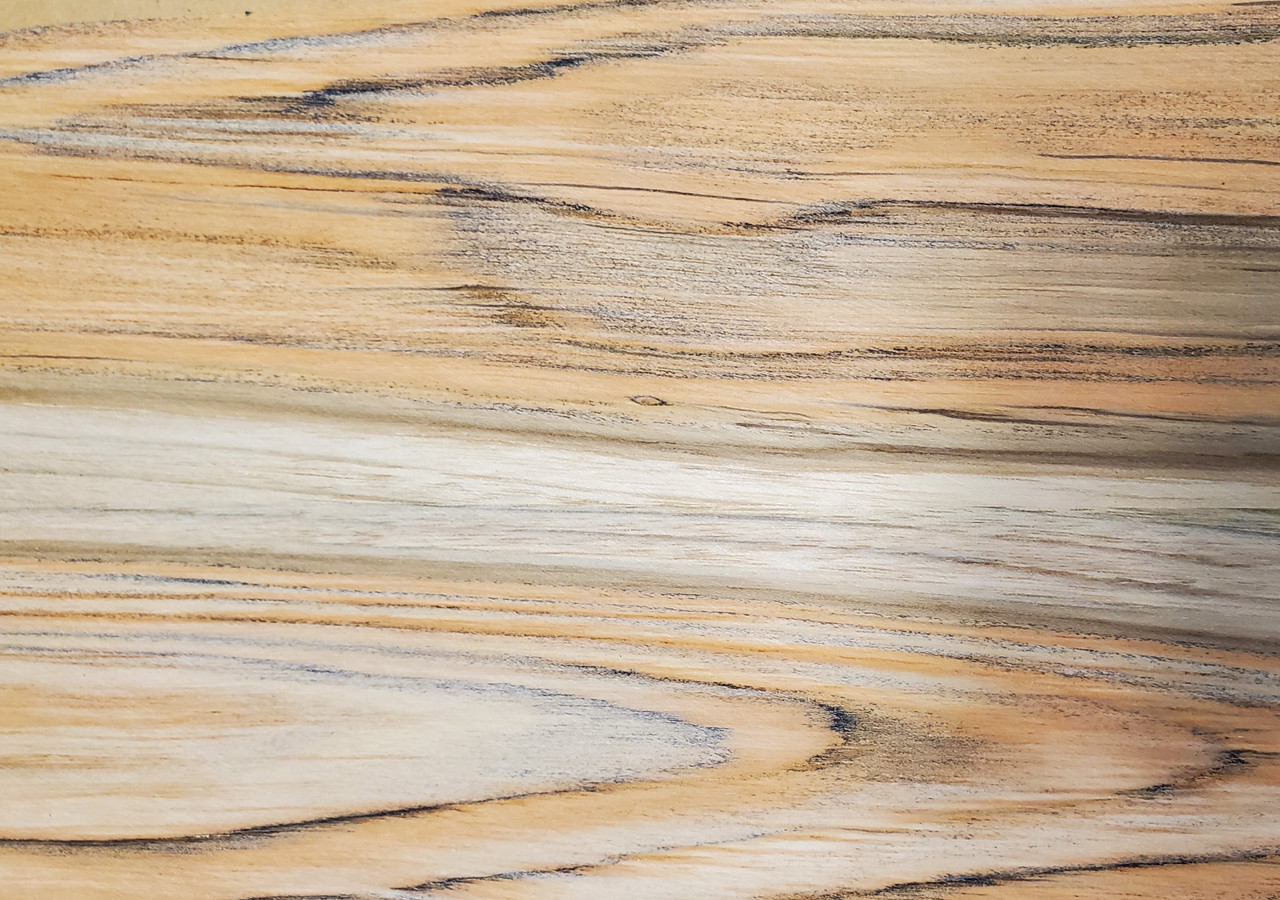Product Description
TEAK W/ WHITE SAPWOOD LUMBER SURFACED ON 2 SIDES SOLD BY THE BOARD FOOTCommon Name(s): TEAK W/ WHITE SAPWOOD , W/ WHITE SAPWOOD TEAK W/ WHITE SAPWOOD
Scientific Name: Tectona grandis
Distribution: Native to southern Asia;
Widely grown on plantations throughout tropical regions of Africa, Asia, and Latin America.
Tree Size: 100-130 ft (30-40 m) tall, 3-5 ft (1-1.5 m) trunk diameter
Average Dried Weight: 41 lbs/ft3 (655 kg/m3)
Specific Gravity (Basic, 12% MC): .55, .66
Janka Hardness: 1,070 lbf (4,740 N)
Modulus of Rupture: 14,080 lbf/in2 (97.1 MPa)
Elastic Modulus: 1,781,000 lbf/in2 (12.28 GPa)
Crushing Strength: 7,940 lbf/in2 (54.8 MPa)
Shrinkage: Radial: 2.6%, Tangential: 5.3%, Volumetric: 7.2%, T/R Ratio: 2.0
Color/Appearance: Heartwood tends to be a golden or medium brown, with color darkening with age.
Grain/Texture: Grain is straight, though it can occasionally be wavy or interlocked. Coarse, uneven texture and moderate to low natural luster. Raw, unfinished wood surfaces have a slightly oily or greasy feel due to natural oils.
Endgrain: Ring-porous or semi-ring-porous; large, solitary earlywood pores, medium-small latewood pores solitary and in radial multiples of 2-3; tyloses and other mineral deposits common; growth rings distinct due to uniseriate row of earlywood pores; rays visible without lens; parenchyma banded (marginal), with bands sometimes wide enough to enclose entire earlywood pores, paratracheal parenchyma vasicentric.
Rot Resistance: TEAK W/ WHITE SAPWOOD has been considered by many to be the gold standard for decay resistance, and its heartwood is rated as very durable. TEAK W/ WHITE SAPWOOD is also resistant to termites, though it is only moderately resistant to marine borers and powder post beetles.
Workability: Easy to work in nearly all regards, with the only caveat being that TEAK W/ WHITE SAPWOOD contains a high level of silica (up to 1.4%) which has a pronounced blunting effect on cutting edges. Despite its natural oils, TEAK W/ WHITE SAPWOOD usually glues and finishes well, though in some instances it may be necessary to wipe the surface of the wood with a solvent prior to gluing/finishing to reduce the natural oils on the surface of the wood.
Odor: TEAK W/ WHITE SAPWOOD can have a leather-like scent when freshly milled.
Allergies/Toxicity: Although severe reactions are quite uncommon, TEAK W/ WHITE SAPWOOD has been reported as a sensitizer. Usually most common reactions simply include eye, skin, and respiratory irritation, as well as other health effects, such as pink eye, rash, nausea, asthma-like symptoms, and vision effects. See the articles Wood Allergies and Toxicity and Wood Dust Safety for more information.
Pricing/Availability: Despite its widespread cultivation on plantations worldwide, TEAK W/ WHITE SAPWOOD is very expensive. It is perhaps one of the most expensive lumbers on the market, at least for large-sized, non-figured wood. Other woods are more expensive, but are typically only available in small pieces, (i.e., Gaboon Ebony or Snakewood), or they are valued solely for the figure of their grain (i.e., burl woods, Pommele Sapele, or Waterfall Bubinga).
Sustainability: This wood species is not listed in the CITES Appendices or on the IUCN Red List of Threatened Species.
Common Uses: Ship and boatbuilding, veneer, furniture, exterior construction, carving, turnings, and other small wood objects.











